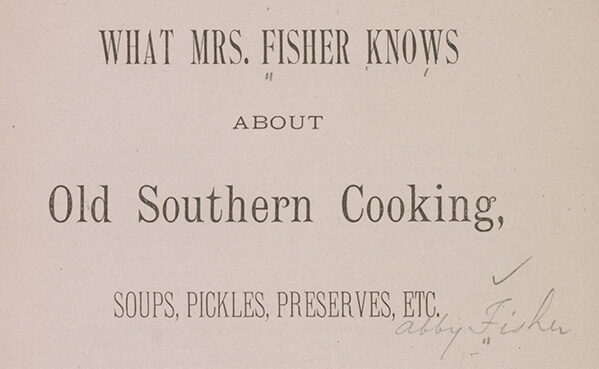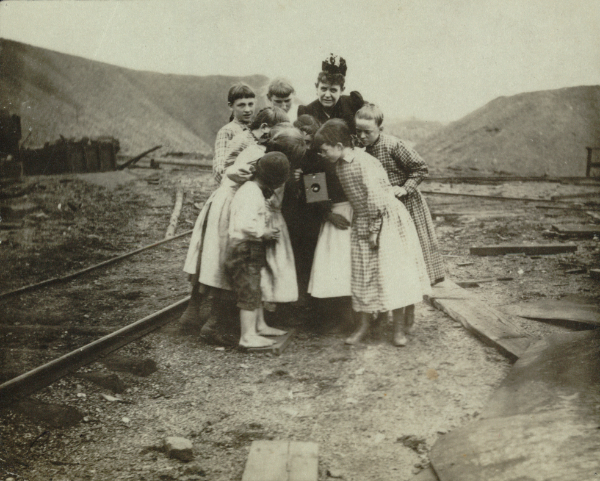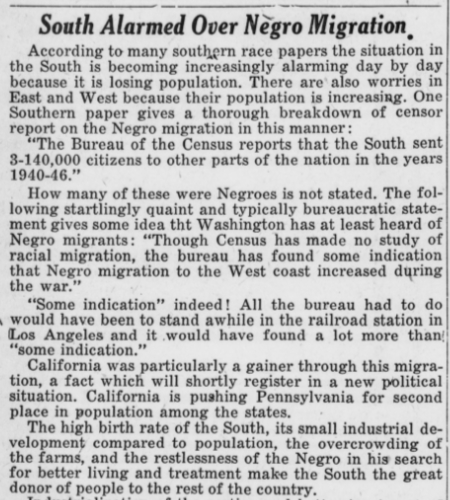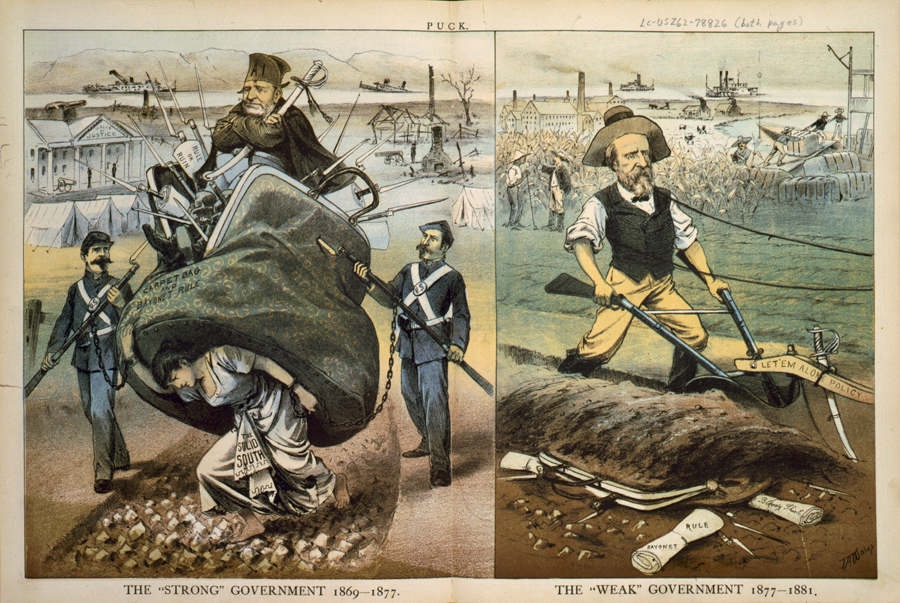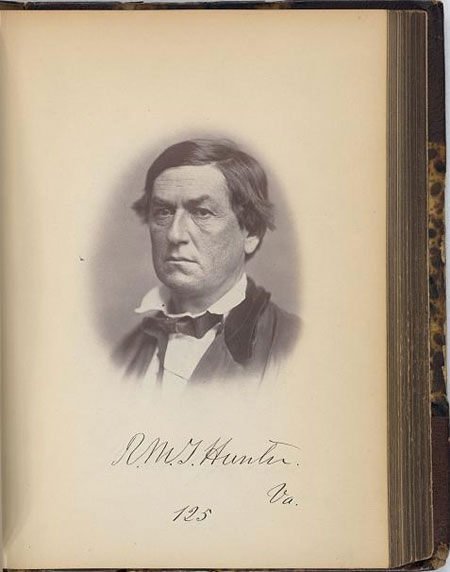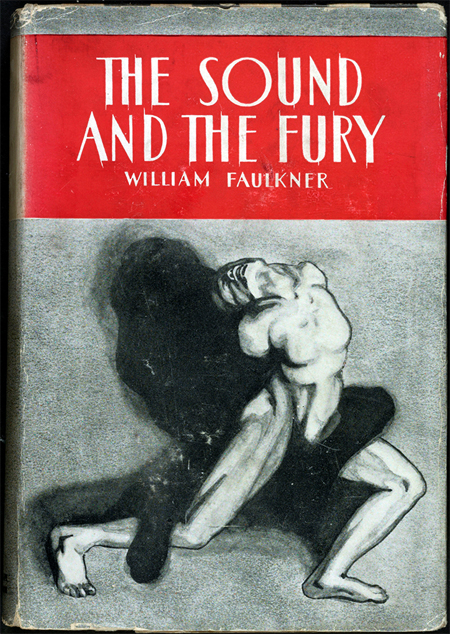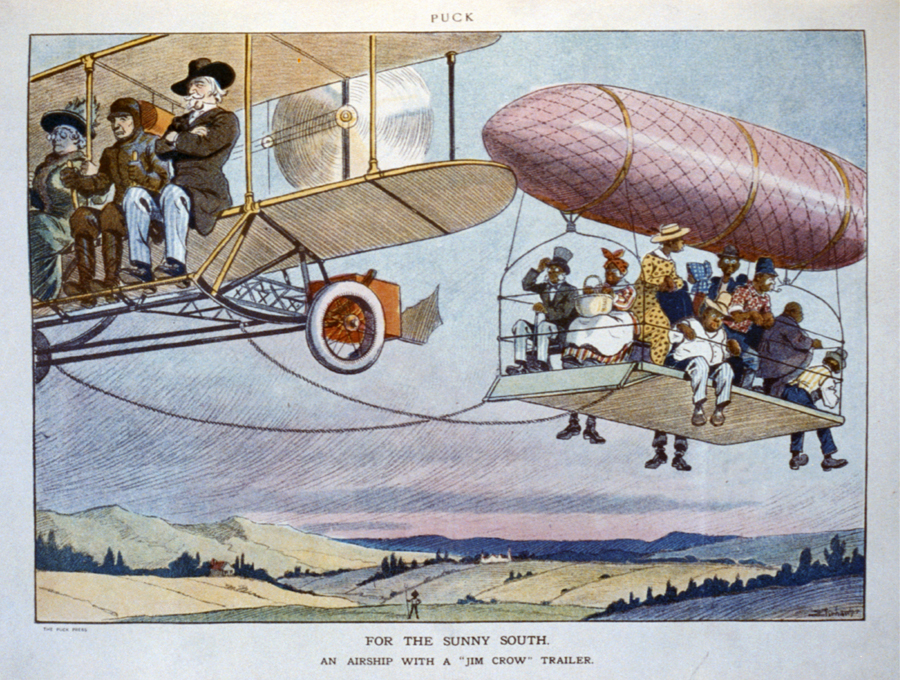Today in History: Mrs. Abby Fisher
Today in History–June 10–the Library of Congress features Mrs. Abby Fisher, who went from being an enslaved plantation cook to an upscale caterer and cookbook author after migrating West to San Francisco, California. On this day in 2003, The Henry Ford Museum of American Innovation opened a lunch-style restaurant, Mrs. Fisher’s Southern Cooking, in Dearborn, Michigan. Discover more tantalizing…

